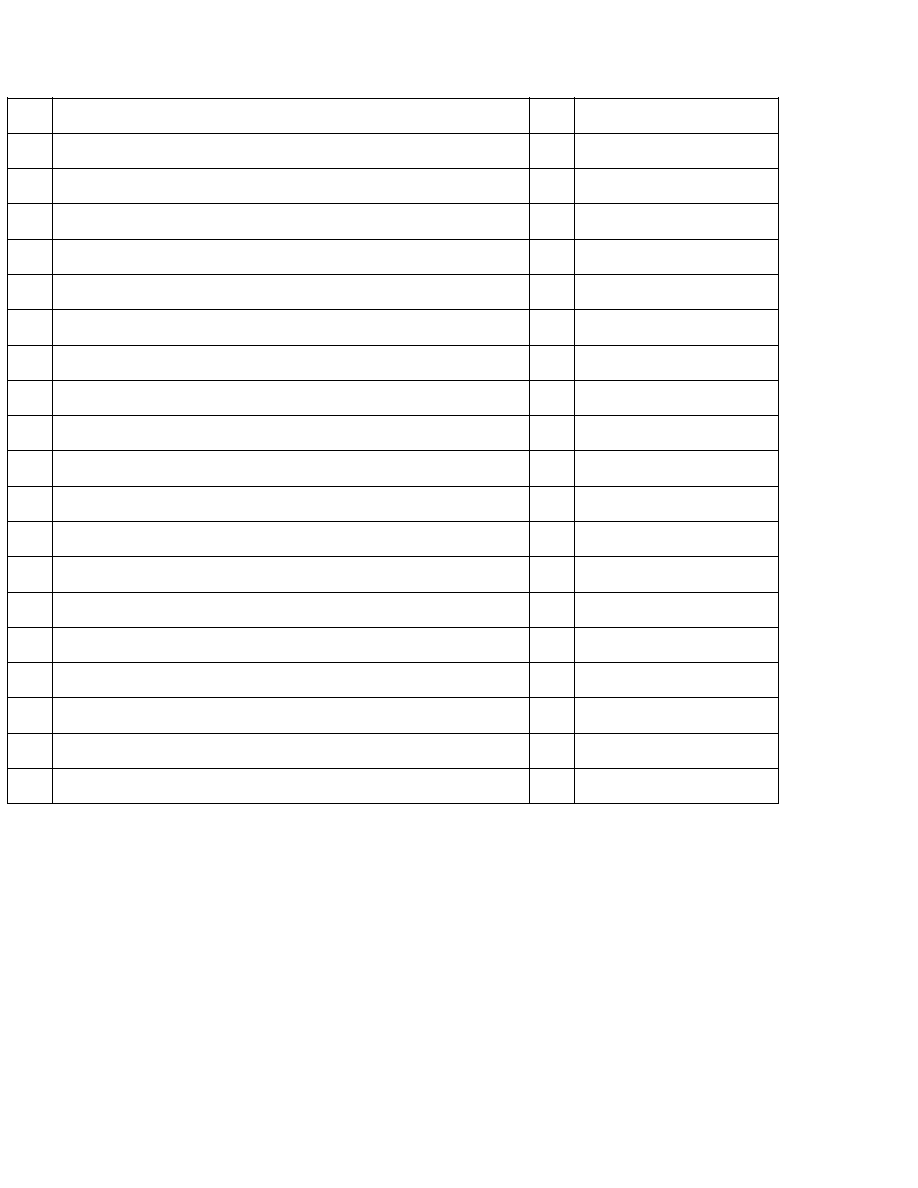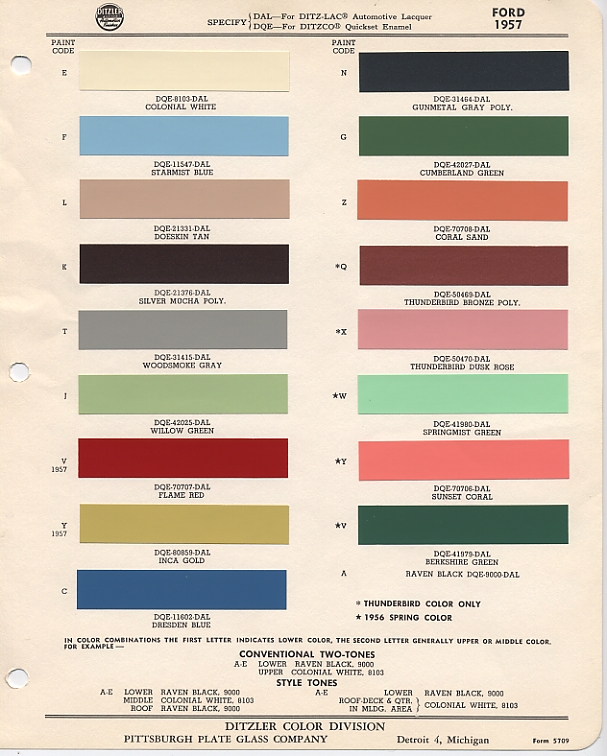
This was one of the first Nissan products to be sold in Europe, when an order of 200 units were shipped to Spain in 1956. It was joined with a larger commercially focused vehicle called the Nissan Junior.
#65 thunderbird axel codes manual#
Until 1959 it used the 25 PS, 860 cc Datsun Type 10 engine with a four-speed floor shift (column shift for the 123 and later versions) manual transmission. Delivery van, panel van (120 only), and double cab versions were available. The Datsun 120 was a load carrying bodystyle version of the Datsun 1000 sedan (110 series), and was introduced in January 1955 as the latest Datsun truck with up-to-date styling. The 6147 was built until the 1955 introduction of the all new 120-series truck. A rare double-cab version, the DU-5, was introduced alongside the 6147. Although somewhat longer and with a bigger engine, the Datsun 6147 remained very similar to the prewar type 15 truck. The extra power output was made possible because of higher quality petrol allowing for higher compression rates. The 5147 was succeeded two years later by the final 6147 model, which received the 25 PS (18 kW 25 hp) D-10 version of the old sidevalve engine. Most important was the introduction of hydraulic brakes, replacing the original mechanical units. In 19 appeared, introducing a longer wheelbase of 2,150 mm (84.6 in) rather than the 2,005 mm (78.9 in) chassis which had been used for seventeen years. The power increase allowed for a somewhat bigger cargo area but top speed only crept up from 67 to 70 km/h (42 to 43 mph). The 4146 also had a bit more chrome trim included, as well as a stronger transmission.

In August 1950 the Datsun 4146 arrived, introducing the 860 cc Type 10 engine with 15 kW (20 hp 20 PS). In January 19 took over, followed by the January 1950 3145 model with a slightly different cabin. The 2225 was succeeded by the 2125 at the end of July 1948 this seemingly retrograde step marked the return to the more ornate pre-war 17T grille. Some numbers were assigned but never used, such as rear body designs 2 and 3. The grille was a plain, painted pressed steel piece. The 2225 had post-war chassis and front end designs, with a fourth redesign of the rear bodywork. 1121 thus had mostly pre-war parts, with a post-war design for the cab. The second digit was for the bonnet and grille, the third digit for the cab, and the fourth and final digit for the rear body. The naming followed a clear system: the first number represented the chassis/engine iteration, with "1" being the pre-war (17T) design. As the supply situation improved the new 2124 and then 2225 took over in July 1947 and at the end of November of the same year.Ī rapid stream of changes and new model numbers followed in this early post-war area, as pre-war parts dried up and new designs were substituted. The engine was the 15 PS (11 kW) Type 7 unit. Early trucks also depended on leftover stocks of pre-war parts. The 17T was followed by the post-war Datsun 1121 (1946), which was nearly identical technically but had an extremely simple body made out of simple pressed metal (with almost no chrome) and many body parts made from wood, to enable production in resource-starved early post-war Japan.

#65 thunderbird axel codes series#
A series of small trucks based on their passenger car counterparts, the 14T, 15T, and 17T, continued to be built until early 1944. The Datsun truck line began with the Type 13 Truck of April 1934, and was later used as the basis of the Datsun DC-3 roadster. Predecessors Pre-war 1938 Datsun 17T Truck


 0 kommentar(er)
0 kommentar(er)
